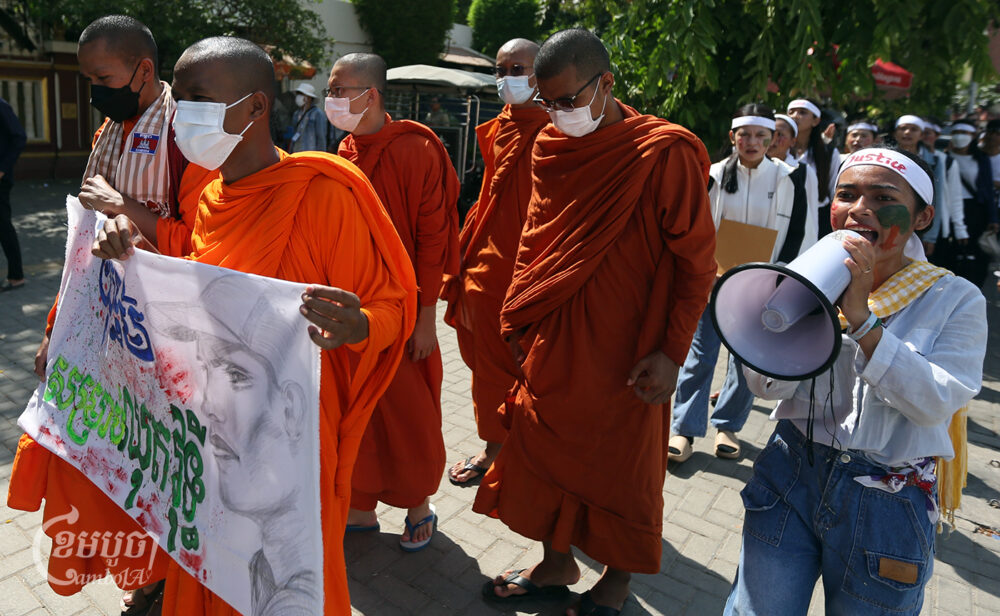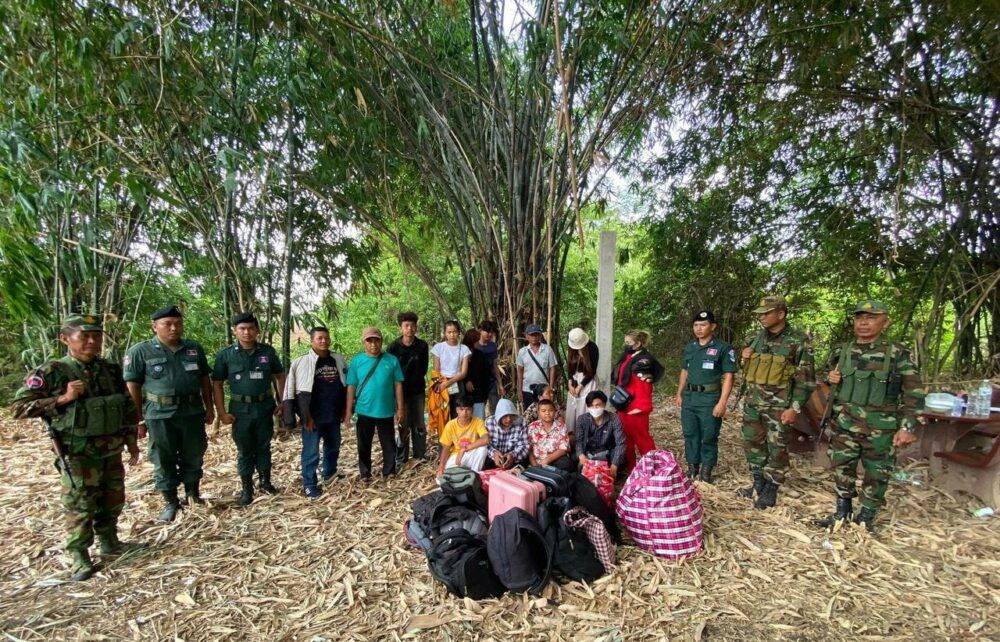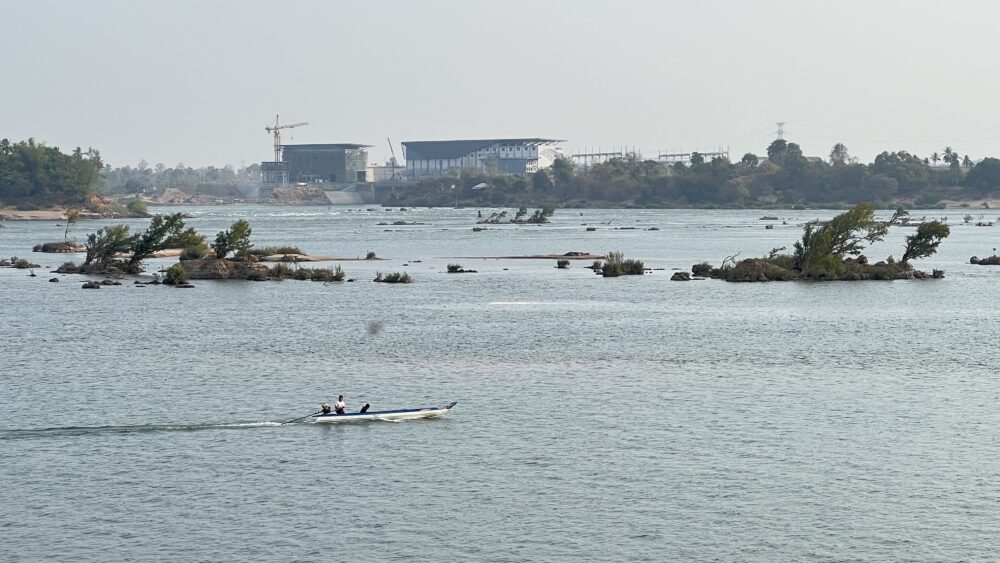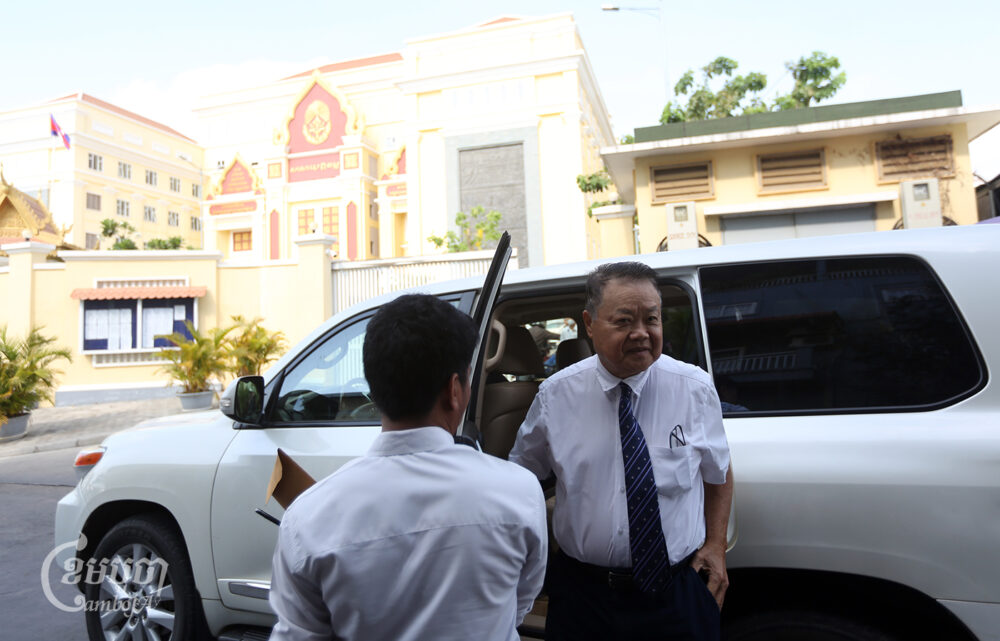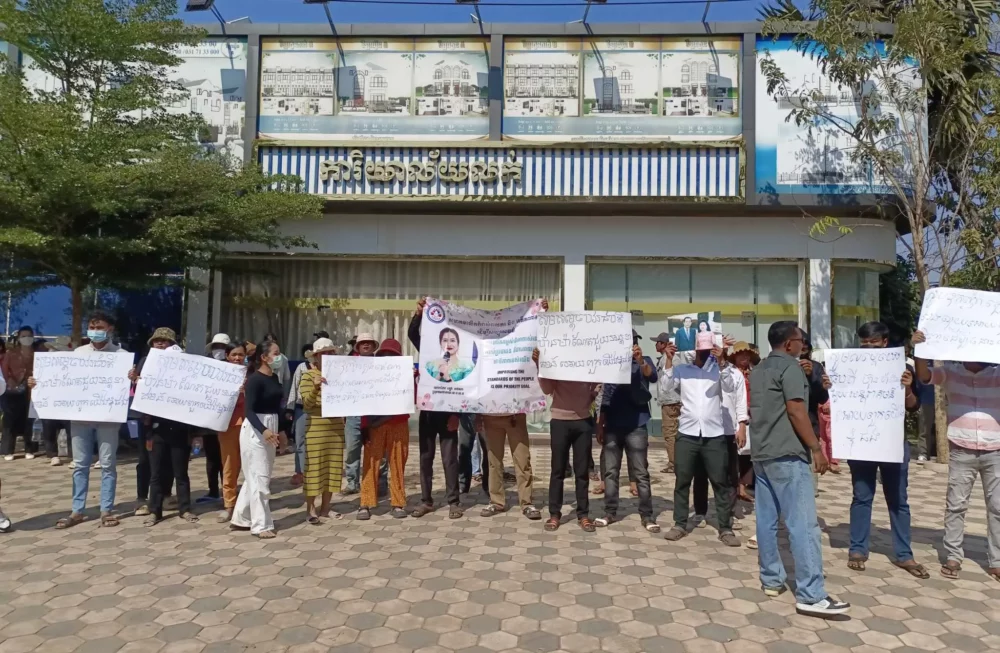“My mother bundled those family photos together with a handful of other belongings into her krama, and held on to them throughout the whole Pol Pot regime,” Vira Rama recounted. “If caught with the images, she could have been killed.”
Buried, a collection of the Rama family’s photographs reproduced as a newly released book, reflects on the precarious thread that has connected the family’s present to its past, through the Khmer Rouge regime, refugee camps, and a move to the United States.
One night during the Pol Pot years, Vira’s mother was forced to bury the photo collection in the earth to avoid detection. Vera was 10 at the time.
Charles Fox, a British photographer who compiled the book, said the Rama family’s plight was an all-too-common experience of trauma for many Cambodian families. The ubiquity, however, is part of the photographs’ poignance.
“We must not forget how intimate each experience of trauma is, and how difficult it must have been,” Fox said at a panel discussion on the book at Phnom Penh’s Meta House on July 16.
One of the photographs shows Vira’s dad receiving a medal from King Sihanouk. He was killed in the summer of 1977 for the crime of being an educated man.
“Dad was a wonderful man — although my time with him wasn’t long, he taught me so much,” Vira said told the discussion via Skype. “I hope I live those values and have passed them on to my siblings and childen.”
The well-off family, originally from Battambang, ended up at a refugee camp until 1981. Vira’s mother and six siblings were sponsored by two American doctors to settle in New Orleans. Vira, a civil engineer, now lives in Los Angeles.
Daraththey Din, a diplomacy officer at the British Embassy, contributed an introduction to the book. Din, 24, is part of what he called Cambodia’s “second generation.” They never experienced the Khmer Rouge regime, but stories from the time were constantly drilled into them.
“I heard heard so much about it until at one point I blocked it off,” Din said. “I was annoyed, angry, and I felt like my own identity as a Cambodian — it doesn’t matter.”
Everything was made relative to Angkor or the Khmer Rouge.
But while studying in the U.K. in 2017, he began to appreciate the shared experiences of trauma, he said.
Now he looks at the Rama family photographs and sees a near-universal Cambodian story.
“I look through to all the photos of Vira’s family and I see that every photo told that story,” Din said.
“When I see the photo of Vira standing next to his father’s motorbike, I think of how me and my family have that kind of photo too, and every house in all of Cambodia, they have a photo album too.”



